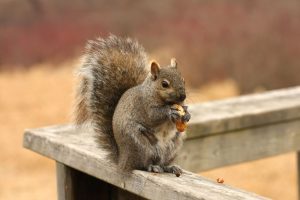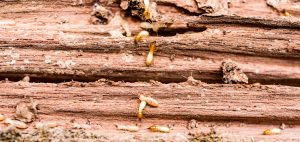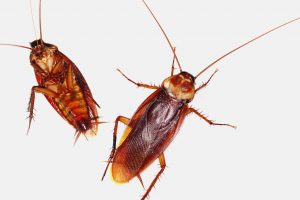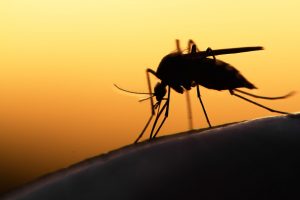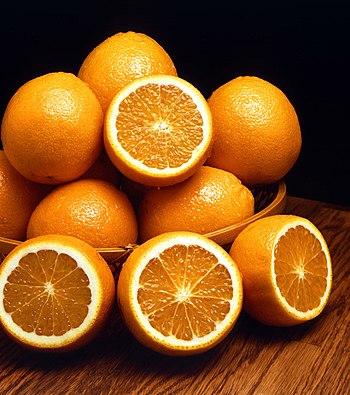
Citrus fruits are an invaluable aspect of the human diet, providing crucial vitamin C for the maintenance of skin, the immune system, and a variety of other metabolic process within the body. Home owners here in Florida love growing these nutrient-rich fruits in their own backyard. Many citrus fruits, like oranges, lemons, grapefruits, and limes can be grown in a variety of environmental landscapes as long as there is enough water, light, and warmth. Some areas, such as California, Florida, and Arizona, however, are seeing an increase in one pest that is threatening their abundant crops of citrus fruits.
Asian Citrus Psyllid – The Devastating Citrus Disease-Carrying Pest
A disease that has hit Florida and California hard has wiped out a number of citrus trees, mainly from an infestation of one single insect – the Asian citrus psyllid. This pest carries a citrus-greening disease, a disease that attacks the tree by discoloring leaves, limbs, and fruit. Roots of trees dry up and leaves fall off, displaying classic signs of a nutritional deficiency. Unaware tree growers may believe a lack of nutrients is the issue, and apply ineffective treatments. Unbeknownst to them, a large infestation of citrus psyllids are making their move on the tree, sapping it of its vitality and fruit-producing abilities. So far, an estimated 10% of citrus trees in Florida have been destroyed by the citrus-greening disease. Delayed treatment against the Asian citrus pest is what contributes to the ultimate demise of citrus trees. Most efforts are entirely focused on commercial groves, rather than individual homes, in order to protect the economical importance of citrus fruits and their production. Although many Florida groves have been affected by the Asian citrus psyllid, most are taking the necessary precautions against this invasive and hard-to-control species.
Protecting Against the Asian Citrus Psyllid
There are a number of preventative methods that a citrus grower (commercial or recreational) can take against the Asian citrus psyllid. There are also a number of pro-active steps one should take against the pest if it has become present in one’s grove or yard. These steps include:
- Calling in an agricultural expert, preferably one who is experienced with identifying and working with the Asian citrus psyllid. These experts can help identify if a disease or infestation has begun within a tree and will also give individualized steps that should be taken against the disease and/or infestation.
- Working alongside a trusted pest control service of company. These companies should have an understanding on pest control on the agricultural level and will hopefully have experience working with citrus pests. Always combine pest control services with experts in the insect and agricultural fields.
- Set traps. There are certain traps that are useful for catching the Asian citrus psyllid, helping to stop the citrus-greening disease before it starts.
- If all else fails, cut it down. Sometimes, trees become so infested and diseased that the only other option one has is to cut the entire tree down. The roots should also be removed from the ground and the whole tree should be destroyed. Nothing should be planted in the same location.
Fighting the Asian citrus psyllid is not easy, but it’s also not impossible. Until further research and control developments occur, always seek the proper advice from reputable individuals and organizations within the insect control field.


